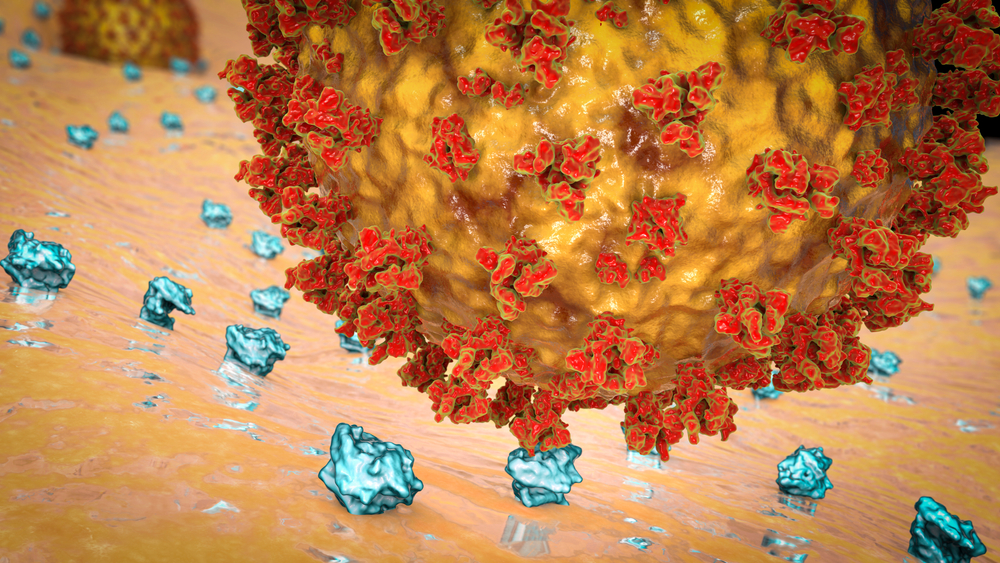Newsletter Signup - Under Article / In Page
"*" indicates required fields
Entry of the SARS-CoV-2 virus into human tissues depends on the activity of a host gene that regulates production of a key viral receptor, according to a study published in the open access journal PLOS Biology by Madison Strine and Craig Wilen of Yale University, U.S., and colleagues.
The finding provides important new information on how the virus responsible for COVID-19 causes infection and may lead to new antiviral treatments.
In previous work, the authors identified the gene DYRK1A as critical for SARS-CoV-2 pathogenesis. The gene encodes a kinase, a type of enzyme, and had been previously implicated in regulating cell proliferation and neuronal development. It has also been shown to promote certain viral infections through its enzymatic activity, although other functions of the protein appear to be independent of its role as an enzyme.
To explore how DYRK1A promotes SARS-CoV-2 infection, the authors knocked out the gene in cultured cells, and found they were less susceptible to infection, specifically through reducing the entry of the virus into target cells. The main point of entry for the virus is a receptor, ACE2.
The authors showed that knocking out DYRK1A reduced the activity of ACE2. When they reintroduced DYRK1A using a gene vector, the cells once again activated ACE2 and became susceptible to viral infection. That susceptibility was independent of DYRK1A’s enzymatic function, they found, as introducing a mutant DYRK1A without enzyme activity, or blocking the enzyme activity pharmacologically, still led to infection.
Previous studies revealed that, in addition to acting as an enzyme, DYRK1A functions as a transcription factor, altering the level of activity of a wide variety of genes. In this study, the authors showed that loss of DYRK1A downregulated ACE2, along with the gene for another receptor, DPP4, which is the entry point for a related virus, MERS-CoV.
Inhibiting viral entry
Reducing DYRK1A reduced accessibility of the chromatin near the ACE2 transcriptional start site, along with several other sites that are known to enhance activity of the ACE2 gene. Without high levels of ACE2 on target cells, viral entry is inhibited.
“Novel therapeutic targets against current and future coronaviruses are needed to combat drug resistance and emerging viruses,” Strine said.
Although small molecule inhibitors of DYRK1A exist, “these drugs are constrained by their limited selectivity and toxicity. Moreover, these inhibitors structurally target the catalytic function of DYRK1A, which we have now shown to be dispensable for coronavirus entry. Therefore, consideration of DYRK1A as a therapeutic target will require new drug classes that are both tolerable and restrict DYRK1A activity independent of its catalytic function.”
Wilen added: “We identified a host protein called DYRK1A that is critical to turn on expression of the receptors for multiple highly pathogenic coronaviruses including the viruses which cause SARS, COVID, and MERS. This gives us important insight into what makes species, tissues, and cells susceptible to coronaviruses.”
Partnering 2030: The Biotech Perspective 2023







